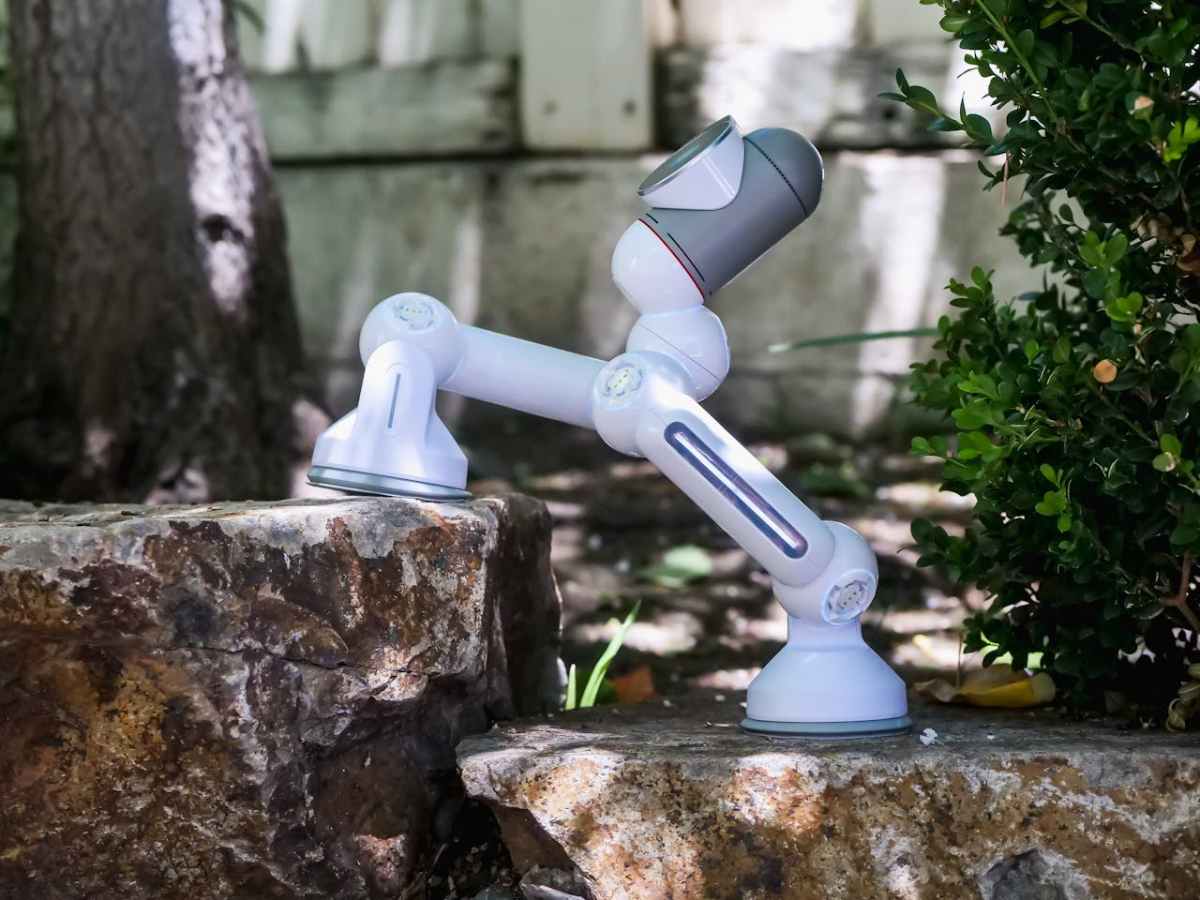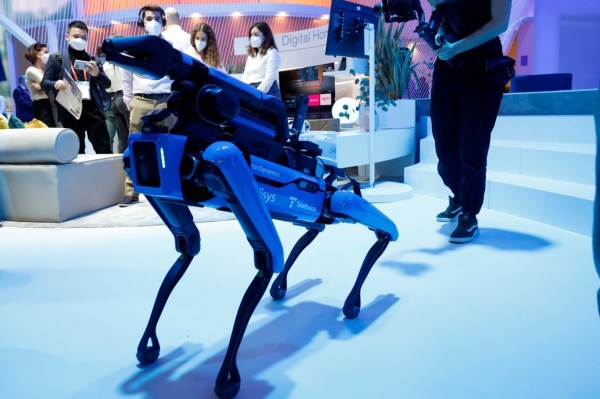Since the word robot was first used more than a century ago by the writer Karel Čapek – from the Czech word robota, translated as forced labour or servitude – and popularised by Isaac Asimov with the enunciation of his laws, robotics has evolved enormously.
The automata of the early 20th century – such as Leonardo Torres Quevedo’s El Ajedrecista – or the great industrial robots of the 1960s show how this discipline has changed from being a theoretical concept with literary influence to being related to issues with practical and tangible applications such as robotic engineering or mechatronics.
Let’s look at the differences and similarities between these disciplines.
Differences between robotics and robotic engineering
Although it may seem obvious that these two concepts are closely related, they are not the same.
Robotics is broader as it encompasses the design, operation, manufacture, study or application of robots combining areas such as mechanics, computer science, electronics and even artificial intelligence.
Robotics engineering focuses on the design, construction and operation of robots.
The focus of the two disciplines is also different: while robotics studies robots in general – including social or ethical issues related to their derived uses and possible implications – robotic engineering is limited to technical and/or engineering aspects.
Thus, we could summarise that while robotics is the broader field that studies robots, robotic engineering is the practical application of this theory to create and improve the aforementioned robots.
Differences between mechatronics and robotics
Although it may seem relatively recent, the origin of the term mechatronics dates back to 1969, a concept that refers to multidisciplinary engineering.
While mechatronics is dedicated to the generation of intelligent systems that work together with humans, robotics is dedicated to replacing human tasks in various fields.
To summarise: mechatronics controls the operation of robots created with robotics, i.e. not all systems using mechatronics are robots, while all robots are mechatronic.
What is robotic engineering?
In view of the differences with other similar concepts, we can define robotic engineering as a branch of engineering dedicated to the design, construction and operation of robots.
Through the study and application of algorithms, robotic engineering makes robots learn and adapt to new situations, thus increasing both their intelligence and their degree of autonomy.
Among the duties of those who dedicate themselves to this profession are the design, construction, maintenance and operation of robots, automation and control of industrial processes or the management of projects related to Industry 4.0.
As it is a complete and comprehensive professional profile, the robotics engineer can work in very different and diverse areas in a field that is considered to be one of those with the greatest capacity for growth and development in the technology sector.
Career opportunities in robotics engineering
Robotics engineering offers numerous professional opportunities in areas as diverse as the food industry (developing automated systems for production or packaging), the automotive industry (design and construction of robots for vehicle assembly lines), medicine (in areas such as surgery, prosthetics or rehabilitation) or the aerospace industry.
Due to the transversal nature of the contents that a robotics engineer deals with on a day-to-day basis, another indirect professional outlet may be the ability to reorganise the professional career of those who wish to do so.










